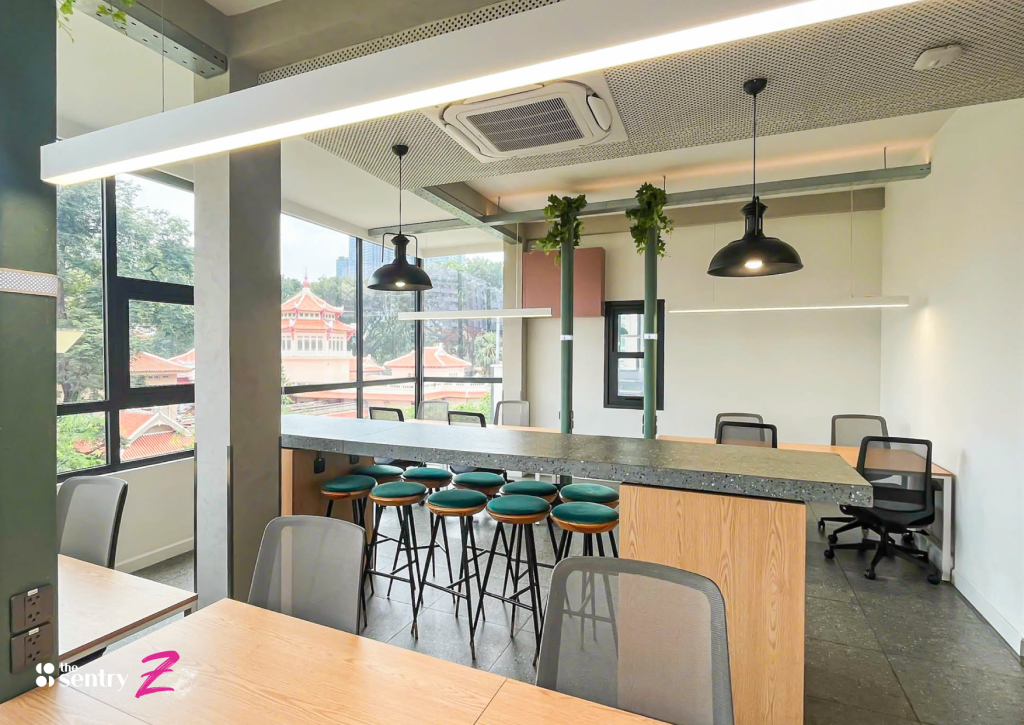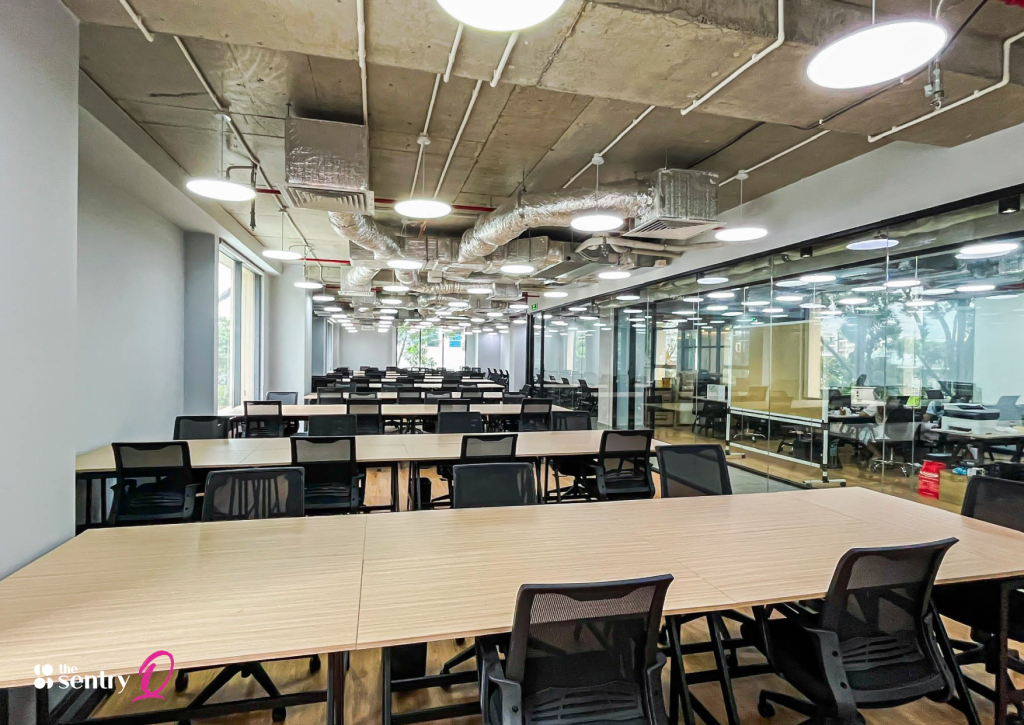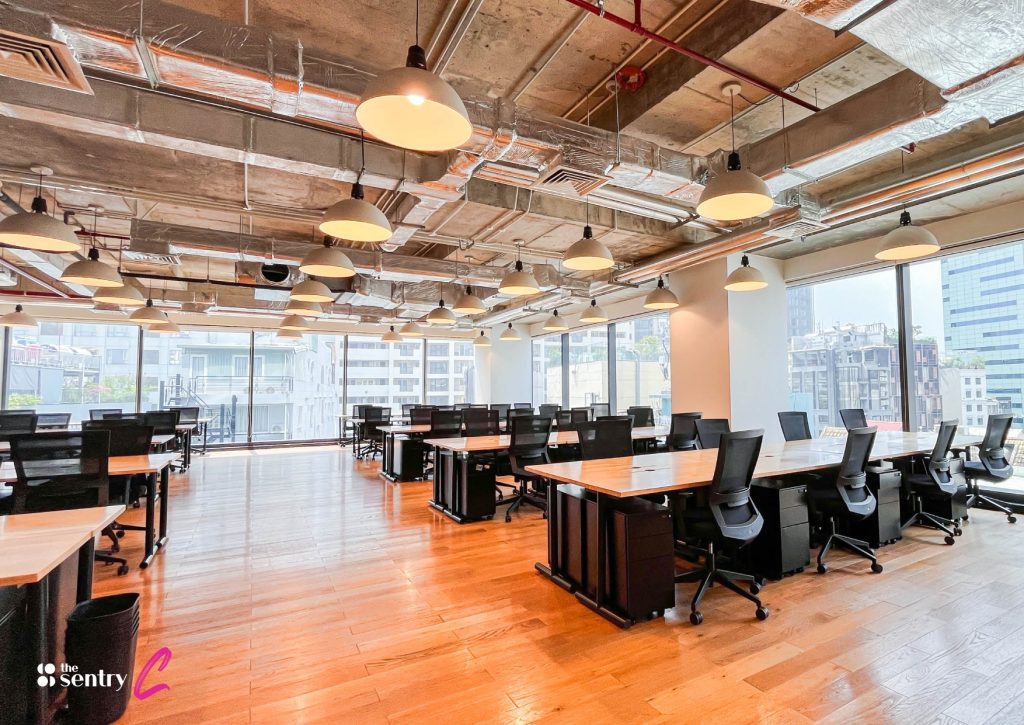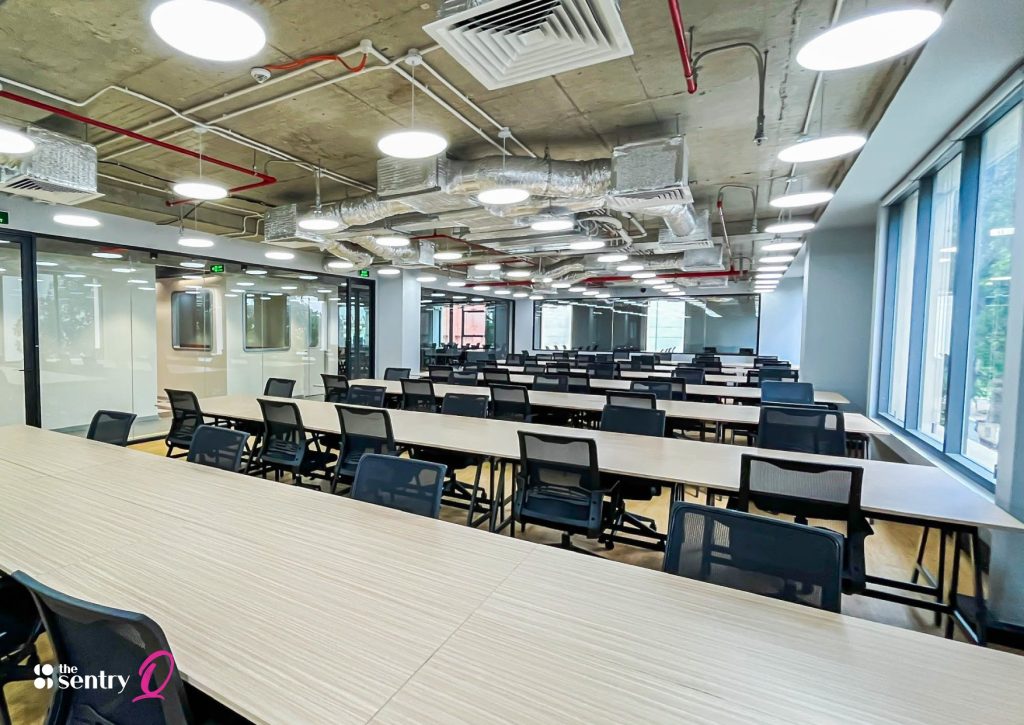Your Complete Office Moving and Relocation Checklist Is Here
Moving your entire office from one location to another is a massive undertaking. It’s more than just packing boxes and renting a truck. It involves coordinating your staff, managing technology, sticking to a budget, and making sure your business can keep running with as little interruption as possible. Without a solid plan, the process can become chaotic and stressful. That’s where a good office moving and relocation checklist comes in. Having a detailed guide helps you stay organized, track every task, and ensure nothing important gets missed. Whether you are expanding to a larger space or simply changing your business address, this guide will help you manage the move smoothly.
First Understand the Scope of an Office Relocation
Office moves are a different beast compared to moving houses. They involve business operations, delicate and expensive equipment, and sometimes regulatory rules. Research shows that planning at least six months ahead of time can seriously reduce your costs and the amount of time your business is offline.
Important first steps include looking at your current space, figuring out what you want from the new location, like better accessibility or more sustainable features, and putting together a dedicated moving committee to manage everything. This committee should have people from different departments like IT, HR, and finance to make sure everyone’s needs are covered.
You should also prepare for potential challenges. Unexpected costs for things like IT upgrades or penalties for ending a lease early can pop up. Some employees might also be resistant to the change. To handle these issues, build some flexibility into your plan. This could mean letting people work from home during the transition period. It’s also smart to set aside a contingency fund, maybe 10 to 20 percent of your total budget, to cover any surprise expenses.
Your Timeline Based Office Moving and Relocation Checklist

A successful office move happens in stages. Trying to do everything at once is a recipe for disaster. The best approach is to break the process down into phases based on a timeline. This allows you to prepare progressively and stay on top of your tasks. Below is a detailed checklist organized by what you need to do and when.
6 to 12 Months Before the Move

This early period is all about foundational planning. The decisions you make now will set the stage for the entire relocation, so it’s a time for research, budgeting, and strategy.
Logistics
- Review Your Current Lease: Look for important details like the end date, any penalties for leaving early, or requirements for repairs you need to make before you go.
- Plan for the Old Office: Start thinking about a decommissioning plan for your old space. This includes repairs, cleaning, and returning keys.
- Find a New Office Space: Begin your search for a new location. Think about factors like size, location, amenities, and how it will support your company’s future growth. Once you narrow it down, ask for detailed floor plans.
- Get Quotes from Movers: Research commercial moving companies that have experience with office relocations. They know how to handle sensitive equipment. Get detailed quotes from at least three different companies to compare their services and prices.
Communication
- Announce the Move to Employees: Let your team know about the upcoming move. You can do this through an email or a company meeting. Highlight the benefits of the new space and ask for their feedback to help them feel involved in the process.
- Form a Moving Committee: Create a team to oversee the move. Assign roles, including a project manager who will coordinate everything and be the main point of contact.
IT and Infrastructure
- Conduct an IT Assessment: Your IT department should do an inventory of all current equipment. This helps identify what needs to be moved, what needs to be upgraded, and what the network requirements will be for the new office.
Budget and Administration
- Define Your Budget: Create a comprehensive budget that covers everything. This includes the movers, new furniture, IT setup, and your contingency fund.
- Decide on Moving Insurance: Look into insurance options. Your moving company will offer basic coverage, but you may want to consider full value protection for expensive equipment.
3 to 6 Months Before the Move

Now you move from planning to execution. This phase is about booking vendors, finalizing your new office layout, and keeping everyone informed as the plans become more concrete.
Logistics
- Book Your Moving Company: Once you’ve chosen a mover, lock in your moving date and sign the contract.
- Notify Your Landlord: Officially inform your current landlord that you will be terminating your lease on the agreed-upon date.
- Design the New Floor Plan: Create a detailed floor plan for the new office. Map out where departments, furniture, and equipment will go. Pay attention to the locations of power outlets and ethernet ports.
- Hire Other Vendors: If you need them, now is the time to hire an interior designer, a professional cleaning service, or other specialists.
Communication
- Notify External Partners: Inform your clients, suppliers, and other business partners about your upcoming move. Give them the new address and the effective date.
- Give Employees a Timeline: Provide your team with a detailed moving timeline. Assign them personal tasks, such as packing their own desks, and give them deadlines.
IT and Infrastructure
- Schedule Installations: Contact utility providers to schedule the installation of your phone lines, internet, and other services at the new office. Plan the transfer of your IT systems, making sure to include a full data backup before the move.
- Order New Equipment: If you need new computers, servers, or other tech with long delivery times, order them now to make sure they arrive on time.
Budget and Administration
- Get Moving Supplies: Gather all the packing materials you’ll need, like boxes, labels, and tape.
- Downsize and Declutter: Go through your current office and get rid of anything you don’t need. You can donate, sell, or recycle unused furniture and old files. This will cut down on moving costs.
- Audit Access Items: Make a list of all keys, access cards, and parking passes that will need to be collected from employees before the move.
1 to 3 Months Before the Move

The momentum is building. This period is focused on the physical tasks of packing and making final confirmations with all your vendors.
Logistics
- Take a Full Inventory: Create a detailed inventory list of all furniture, equipment, and supplies. Decide what you are keeping, what you are replacing, and what you are discarding.
- Start Packing: Begin packing non-essential items that you don’t use every day. This could include archived files, extra office supplies, or decorative items.
- Schedule a Walkthrough: Arrange a meeting with your moving company at both the old and new office locations to go over logistics and access points.
- Arrange Storage If Needed: If you have items that won’t be going directly to the new office, arrange for temporary offsite storage.
Communication
- Update Company Materials: Start updating all your company materials with the new address. This includes your business cards, website, letterhead, and any marketing materials.
- Hold Training Sessions: If the new office has new systems, equipment, or layouts, hold training sessions to get employees familiar with them before the move.
IT and Infrastructure
- Backup All Data: Perform a complete backup of all your company’s data and test your contingency plans to ensure you can restore it if needed.
- Check Cybersecurity Measures: Make sure you have a plan to keep your data and systems secure during the move.
- Set Up Hybrid Work Tools: If your new office will support a hybrid work model, start setting up the necessary software and tools.
Budget and Administration
- Cancel Old Services: Schedule the cancellation of services at your old office, like utilities and cleaning services, for the day after your move.
- Purchase New Furniture: If you’re buying new furniture, make sure it will be delivered and assembled at the new office on schedule.
1 to 4 Weeks Before the Move

This is the final stretch. The focus is on intense packing and finalizing all the small details to prepare for a smooth moving day.
Logistics
- Pack Remaining Items: Get everything else packed up. Disassemble any large furniture and make sure every single box is clearly labeled with its contents and where it should go in the new office. A color-coding system by department can make unpacking much easier.
- Confirm with Movers: Call your moving company to confirm all the details, including arrival times, access points, and emergency contact numbers.
- Prepare an Essentials Box: Pack a box of things you’ll need on moving day itself. This should include tools, phone chargers, first-aid supplies, snacks, and water.
Communication
- Provide FAQs for Employees: Create a document with answers to frequently asked questions about the new office, like changes to their commute, new seating arrangements, or where to find things.
- Offer Remote Options: If the move is likely to cause significant disruption, allow employees to work from home for a few days.
IT and Infrastructure
- Transport Sensitive Hardware: Plan for the secure transport of servers and other delicate IT hardware. It’s often best to have your IT team or a specialized service handle this.
- Test Setups: If possible, have your IT team go to the new office to test the network and other systems in advance.
Budget and Administration
- Document Old Office Condition: Take photos or a video of your old office to document its condition before you leave. This can help with getting your security deposit back.
- Hire Cleaning Services: Schedule professional cleaners for both your old office after you move out and your new office before you move in.
On Moving Day
The big day is here. Your role is to supervise the process, make sure everything goes according to plan, and handle any issues that come up.
Logistics
- Supervise the Movers: Be on-site to oversee the loading at the old office and the unloading at the new one. Use your inventory list to check that everything has been moved.
- Do Final Walkthroughs: Once the old office is empty, do a final walkthrough to make sure nothing was left behind. Do the same at the new office to ensure everything was delivered to the correct spot.
- Handle Special Items: Make sure any fragile or high-value items are handled with extra care.
Communication
- Assign Point People: Have members of your moving committee assigned to oversee specific areas or departments to keep things organized.
- Communicate Changes: If there are any last-minute changes or problems, communicate them clearly to the movers and your team.
IT and Infrastructure
- Wait for the Green Light: Don’t let employees start plugging in computers or using systems until the IT team has everything set up and gives the okay.
Budget and Administration
- Monitor for Last-Minute Costs: Keep track of any unexpected expenses that may arise during the day.
1 to 2 Weeks After the Move

You’re in the new space, but the job isn’t quite finished. This final phase is about settling in, making sure everything works, and gathering feedback for the future.
Logistics
- Unpack and Organize: Get all the boxes unpacked, and have employees set up their workstations.
- Return Old Keys: Return all keys and access cards to your old landlord.
- Remove Old Branding: Ensure all signage is removed from your previous location
Communication
- Celebrate the Move: Host a small welcome event, like a pizza lunch, to thank everyone for their hard work and celebrate the new chapter for your company.
- Ask for Feedback: Send out a survey to get feedback from employees on the moving process and their new workspace.
- Update All Listings: Double-check that your new address is updated everywhere online, especially on your Google Business Profile, social media, and other directories.
IT and Infrastructure
- Test All Systems: Have your IT team thoroughly test all networks, phone systems, and equipment to work out any bugs.
- Provide Training: Offer any additional training employees might need for new systems or office features.
- Ensure Ergonomic Setups: Check that employees have their desks and chairs set up ergonomically to promote comfort and health.
Budget and Administration
- Perform a Security Check: Do a full security check of the new office, testing alarms, cameras, and access control systems.
- Evaluate the Budget: Compare your final costs against your budget and make notes of any lessons learned for the future.
What If You Could Skip the Move Altogether
Going through this extensive checklist shows just how much work an office relocation is. It’s a drain on your time, money, and focus. But what if there was a better way to get a new, upgraded workspace without the headache of moving?

For businesses in Vietnam, there is. At The Sentry, we provide premium, fully-equipped office spaces designed for companies that want flexibility and professionalism without the long-term commitment and operational burdens of a traditional lease. Imagine moving into a brand-new, enterprise-grade office in a Grade A building in Ho Chi Minh City over a single weekend. No movers to hire, no furniture to buy, and no IT infrastructure to set up. It’s all ready for you.
Our turnkey solutions offer everything your business needs to thrive from day one, including high-speed internet, professional reception services, mail handling, and access to beautifully designed meeting rooms and common areas. Instead of spending months planning a move, you can focus on what you do best – running your business.
Ready to find a better way to work? Book a tour today at The Sentry and discover your business’s new home without the relocation headache.
YOU MAY BE ALSO INTERESTED IN
What is The Difference Between a Leader And a Manager?
Many people use the words leader and manager as if they mean the same thing, but they describe two very different approaches to guiding a team. While a person can be both, understanding the distinction helps you identify your own strengths and see what your team truly needs. Are you a manager who directs tasks, […]
What is a Serviced Office and How Does It Work?
As businesses increasingly seek flexible office models, the serviced office has emerged as an optimal choice for many companies. However, people often confuse serviced offices with co-working spaces. Although both aim for flexibility, they have clear differences in structure, privacy, and the types of users they attract. Let’s explore what is a serviced office and […]
Where is the Best Place for a Representative Office in Ho Chi Minh City
Ho Chi Minh City is a bustling hub of commerce and culture in Southeast Asia. The city’s dynamic energy and economic growth make it an attractive destination for foreign businesses looking to expand into the Vietnamese market. But with so many options, finding the right location for your representative office in Ho Chi Minh City […]

Interested in this location?
Complete the form below to book a tour or connect with one of our team members to find out more.



